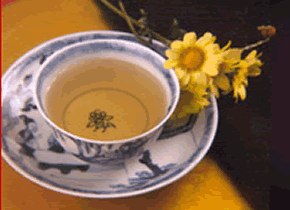Potential of Herbal Drinks
In supermarket, and health food stores today, there are several different beverages with such catchy names as Scarlet Sunrise, Lemon Appeal, Sunburst C, Tangy Autumn, Mint Magic and Country Peach Passion. These herbal beverages may provide some therapeutic medicinal value. Those herbal beverages for which therapeutic properties are claimed may vary widely in their potency; therefore, a desired effect may be obtained. In addition, reaction to a particular herb can vary greatly form one person to another.
The potency of herbal beverages and hence their effectiveness, cannot be accurately predicted because the concentration of active ingredients in the plant material can vary enormously. Several factors can influence the potency of a herb, such as age of the plant, growing conditions, growing locations, storage and handling procedures, extraction methods and post-harvest processing. Any of these factors may produce a wide variation in the properties associated with an herbal tea.
Poor standardization of herbal teas can produce unreliable effects due to the great variation in the active constituents. The lack of standardization can contribute to the risk of overdose. There was also significant variability in the concentration of the marker compound from one brand of product to another.
Other issues to consider relate to species identification and whether the correct part of the plant is used. Different species of a particular genus may not act similarity. For example, the three of Echinacea have different activities. The oral use of the upper parts of Echinacea purpurea are recognized a beneficial for colds and respiratory infections, whereas it is root and the upper parts of Echinacea pallida that are useful for the treatment pf influenza-like infections.
On the other hand, neither the root nor the upper parts of Echinacea angustifolia provide any benefit for the treatment of respiratory tract infections. Because of the world wide shortage of Echinacea, some manufacturers have diluted their Echinacea preparations with wild quinine root, a cheaper look-alike substitute, which is inactive.
Potential of Herbal Drinks
The Power of Marketing Data Analytics in Modern Business
-
Marketing data analytics is a critical process that involves collecting,
measuring, and interpreting data from marketing activities to enhance
strategic de...





